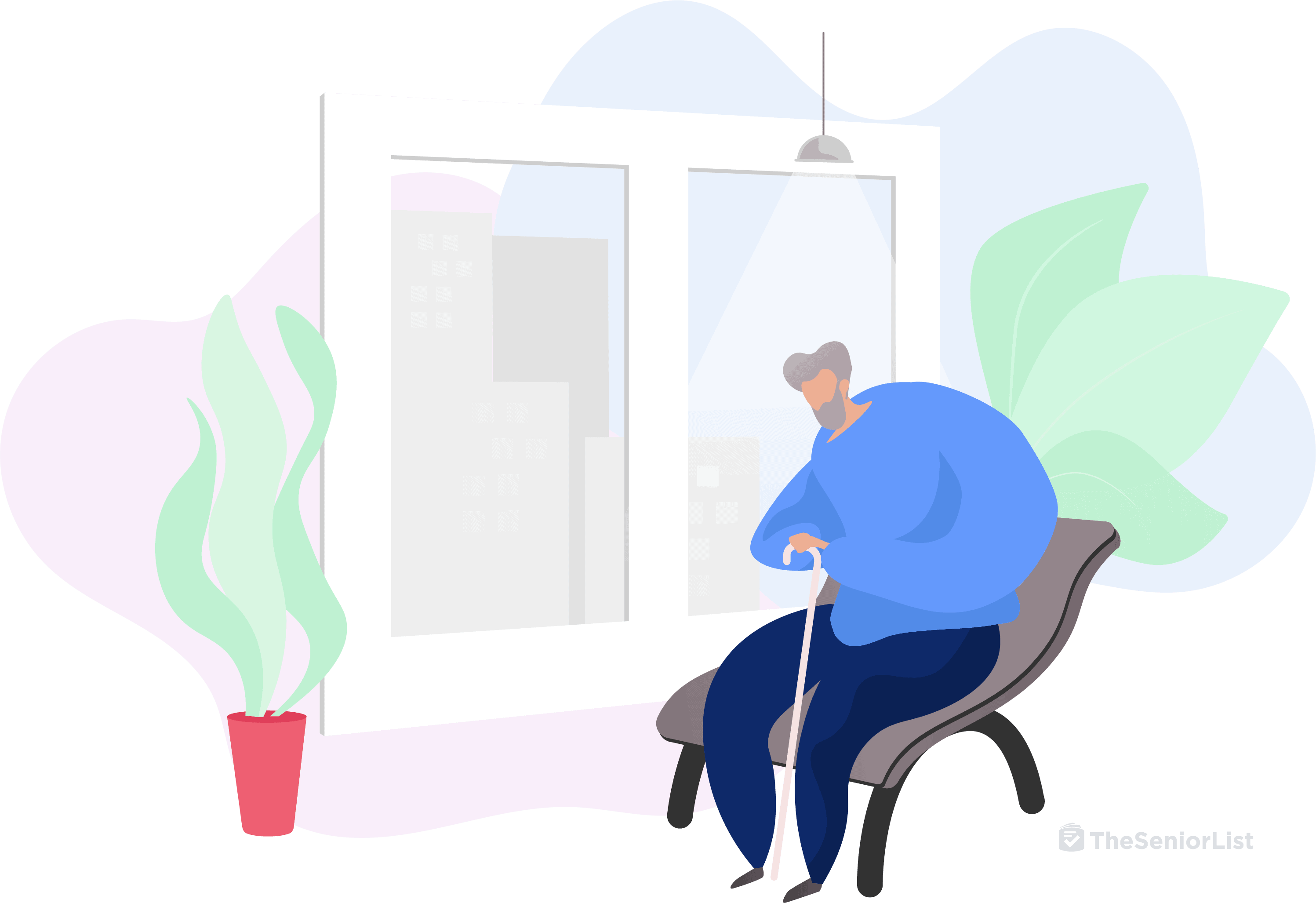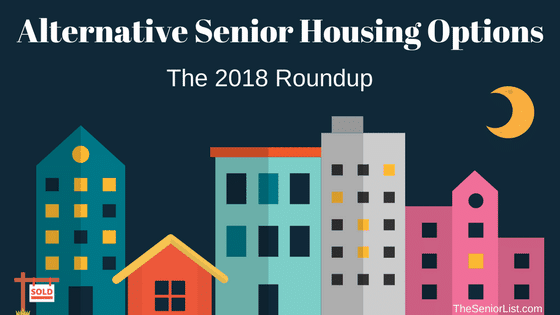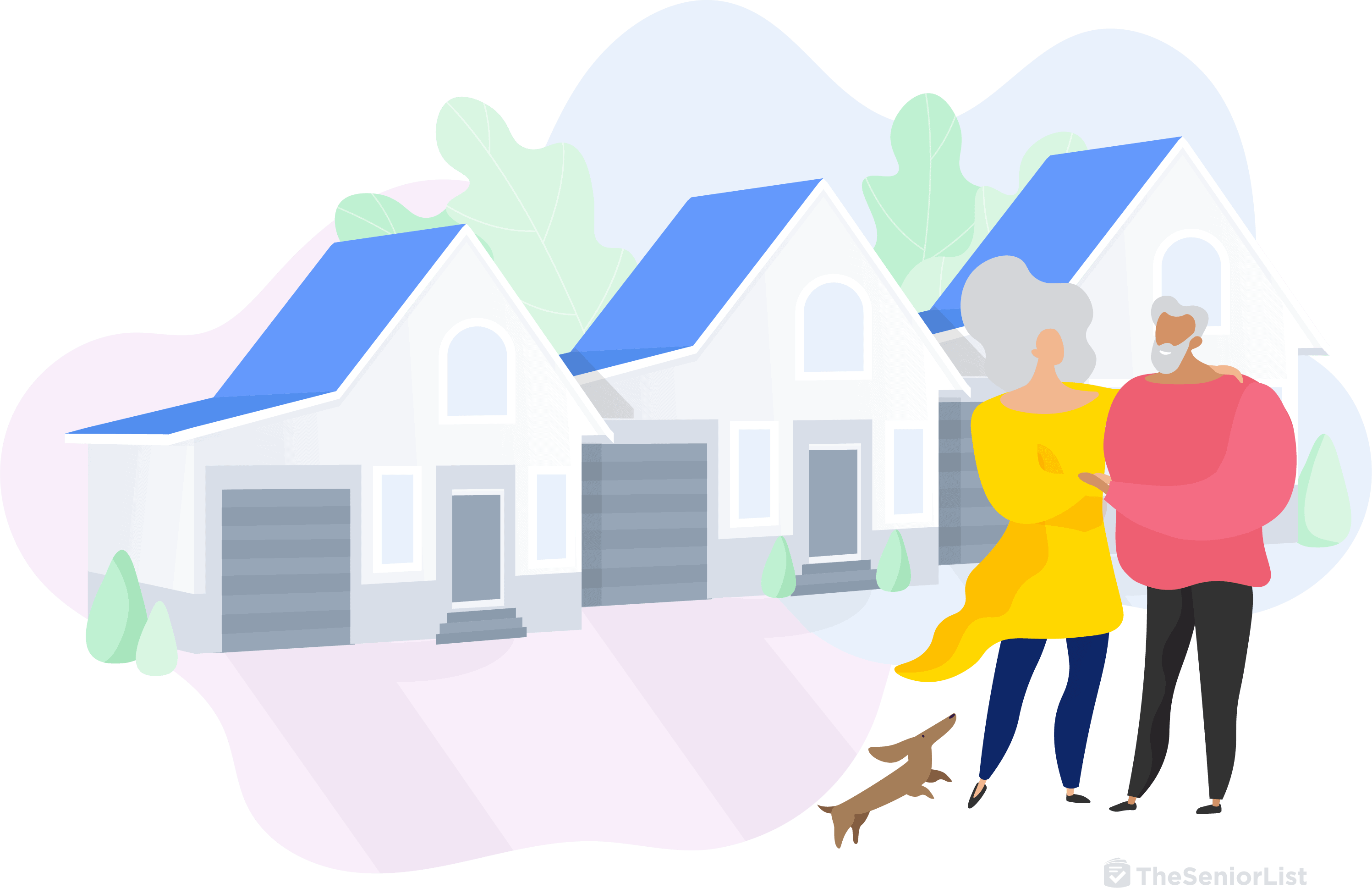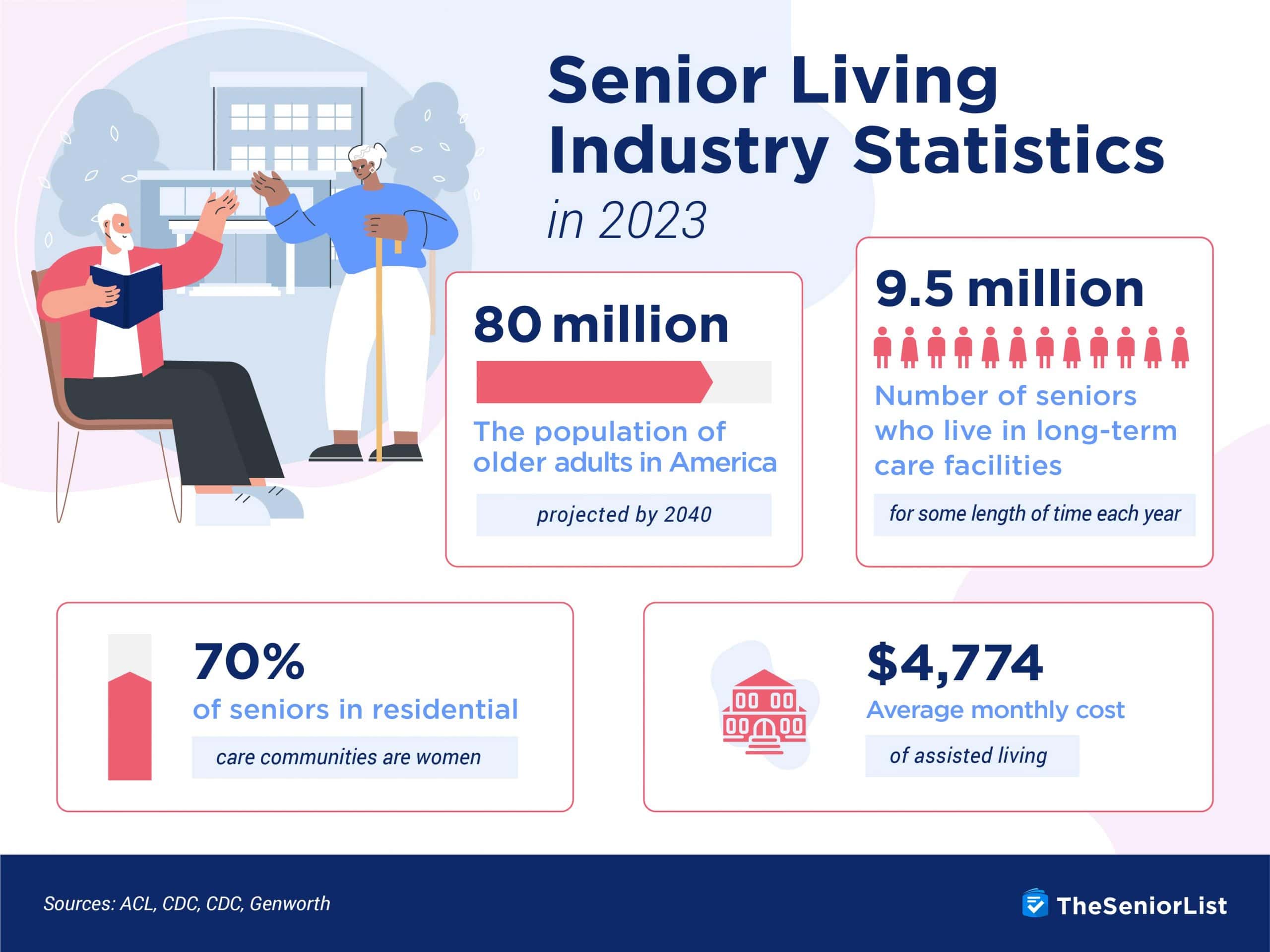2025 Guide to Senior Housing and Care
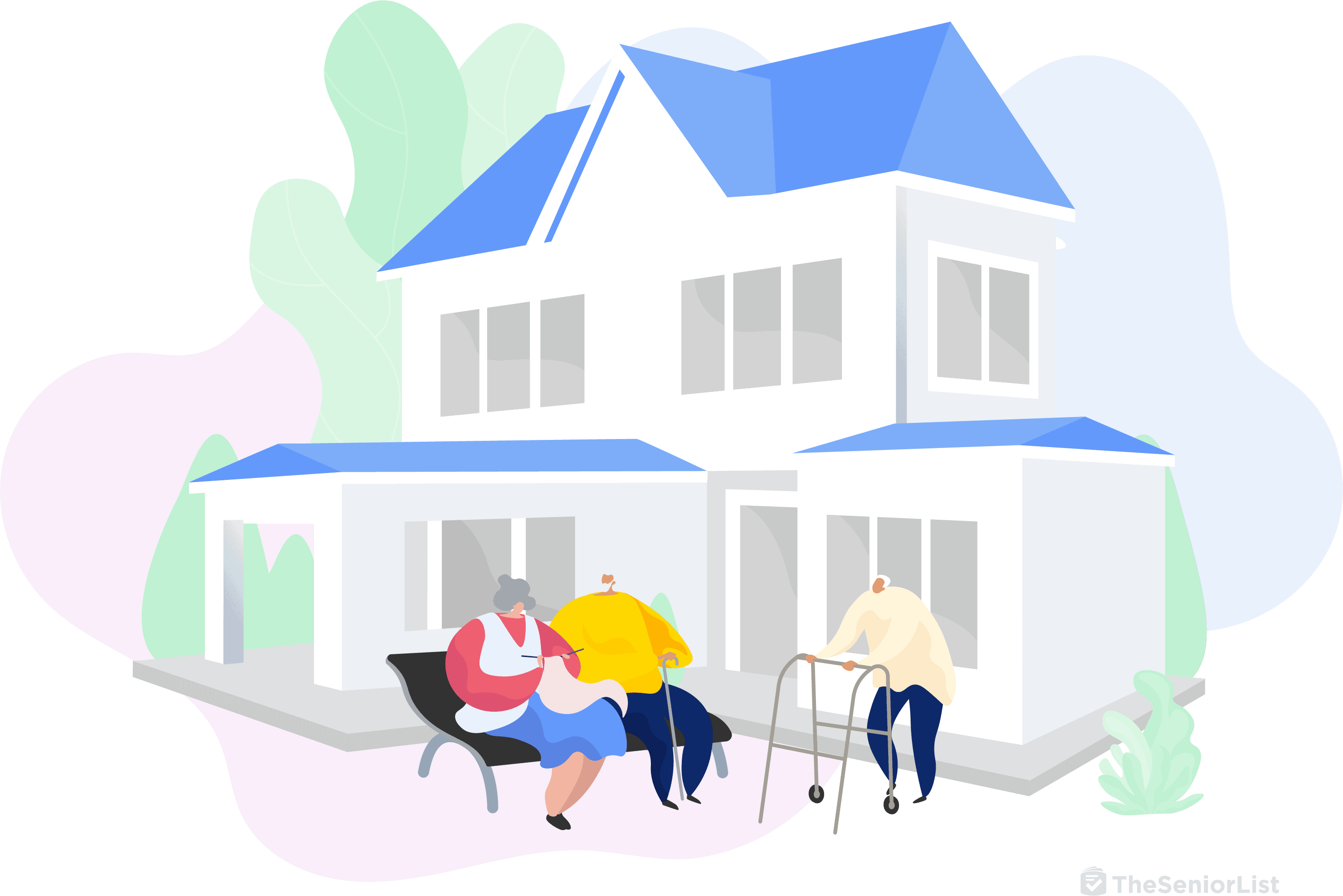
Finding the right senior housing for a loved one can be overwhelming and frustrating, since your choices can be numerous. The first step is understanding what options are available and understanding what those options can provide. This guide will provide an overview of the many options available for both long- and short-term elder care.
Pro Tip: If you or a loved one is looking to live at home, then check out my guide to aging in place.
Traditional Senior Care Options
The forms of caregiving are as plentiful and unique as the people in need of care. Here is an overview of some of the most common forms of care and housing for seniors.
In-Home Care
In-home care (also known as private caregiving) is a widely used option to help keep people in their own homes or with family when care needs arise.
In-home care is ideal for people with nonmedical (aka custodial) needs, such as dressing, cleaning, bathing, and cooking. These may seem like small tasks, but this type of care can go a long way toward preserving your loved one’s independence. Since in-home care does not require degrees or certifications, it’s generally an affordable option.
Home Health Care
Home health care is the skilled side of home services provided by Medicare. Home health includes services such as physical therapy, occupational therapy, speech-language pathology services, medical social work, wound care, IV or nutrition therapy, and injections that can be provided in the home with orders from a physician.
This type of care is ideal if your loved one needs medical attention in their own home. To learn more about home health care, check out How to Hire a Home Health Aide.
Adult Day Centers
Adult day centers (aka adult day services or adult day care) can be a welcome respite for families and spouses caring for a loved one. These facilities may provide meals, activities, transportation, and hands-on care for people who need assistance with the activities of daily living.
The name can come off as condescending, but it’s a great option if you can’t be around to assist your loved one during the day. To learn more, take a look at my guide to adult daycare.
Retirement Living
Independent living or retirement living communities are appropriate for people who can manage their health-care needs on their own or with assistance from family or private caregivers in an apartment-type setting. Independent living does not offer health-care services, but it may offer monthly meal plans, housekeeping, social activities, and transportation.
Assisted Living
Assisted-living communities provide a structured setting for people with a variety of care needs in an apartment-style setting. People residing in assisted-living communities range from independent seniors to people who need assistance with daily living activities.

To learn more, check out my guide to assisted living.
Adult Care Homes
Adult care homes (aka adult foster care or adult family homes) are located in residential areas in many cities in the United States. You may not even recognize an adult care home in your neighborhood if there isn’t signage.
Often less expensive than assisted-living communities, adult care homes offer tight-knit communities and appeal to people with certain health or wellness needs. Many care homes can cater specifically to the needs of people with dementia, for example.
Read my guide to adult care homes to learn more about this unique care environment.
Dementia Care
Dementia care, memory care, and Alzheimer’s care communities are licensed and designed specifically for people diagnosed with Alzheimer’s or other forms of dementia. These secure, specialized units offer services and structures specially designed to accommodate people with various types of dementia.
Nursing Homes
The history of nursing homes is long and troubled. Even the term “nursing home” is being phased out as these facilities are being redefined into one of two categories: skilled nursing facilities and intermediate care facilities. Many facilities offer both types of care.
The best nursing facilities can offer a level of care unparalleled by other senior communities. Check out my guide to nursing homes to learn more.
Continuing Care Retirement Communities
Continuing care retirement communities, also known as CCRCs, offer a continuum of care within one community or campus. CCRCs offer the security of an “until the end of life” guarantee of housing, activities, and an increase in the level of care as members’ needs change. CCRCs contain independent-living options (apartments or single-level homes), assisted living, and skilled nursing facility services. Some also offer memory or dementia care.
6 Signs It May Be Time for Senior Housing
As your loved one begins to struggle with the tasks of daily living, it’s natural to start asking whether it’s time for senior housing.
One of the most challenging parts of the decision is bringing it up with your loved one. It’s understandable that most older adults don’t want to leave their homes, and approaching the subject gently is important. Let your loved one know about your concerns for their welfare and ask them about their daily experiences so you can discuss the best options together.
No one wants to wait for a crisis before making a decision, but knowing when to broach the subject can be difficult. Here are some signs it may be time to consider senior housing options.
1. Increasing Worries About Safety in the Home
Is your loved one more prone to falls? Perhaps they’ve had multiple ER trips or even hospital stays. Your loved one or another of their caregivers may have mentioned minor burns or slips, cooking-related accidents, or other small but worrying mishaps.
You may also be starting to worry about in-home challenges such as steep or winding stairs, high-sided tubs, uneven patios, or too many sharp edges and corners on the furniture. If it seems like home is becoming less of a safe place, it may be time to consider moving them to senior housing.
2. Advancing Memory Impairment
Forgetfulness can be dangerous for seniors. Someone suffering from impaired cognition could leave a stove or heater unattended, or let a bath or sink overflow.
Be wise to signs of memory impairment, such as forgetfulness, repeating the same information, seeming lost or confused, or getting disoriented and wandering out of the home. When you notice signs of memory impairment, it’s time to have a discussion with your loved one and others in their immediate circle. Don’t wait to have the conversation until it’s too late. These warning signs may tell you it’s time for senior housing.
3. Problems With Personal Care
Personal care can be difficult for seniors struggling with memory loss or physical problems such as dizziness, fatigue, or impaired mobility. Older adults may also be frightened of slipping on bathroom tiles or have difficulty negotiating the sides of a bathtub, so they avoid bathing.
If you notice signs of neglected hygiene, such as being unwashed or unkempt, it may be time to find out whether your loved one would be safer and more comfortable in a senior housing community that can help with activities of daily living.
4. Neglected Household and Finances
How are things in your loved one’s home? Signs of neglect around the house are a telltale sign that someone is struggling. You may notice overflowing trash cans, increasing dust or dirt around the home, mold, grime, or piles of dishes in the sink.
You may also notice a lot of general clutter, such as unfolded laundry or paperwork left unattended. Your loved one may also start neglecting their finances. You may see bill notices lying around or see unopened mail in piles or even in the mailbox.
Talk to your loved one about protecting them and their finances, and assess whether daily tasks are getting to be too much for them.
5. Increased Reliance On Loved Ones
Friends and family are generally happy to help a loved one in need, but if the need is steadily increasing it can be a sign that it’s time to consider senior housing. Seniors who live with a partner may start relying more heavily on their healthier spouse, which puts a lot of strain on that partner.
6. Becoming Isolated At Home
Staying social is important as you age. Having a community of friends and plenty of things to do can help older adults stay active and even ward off the depression and lack of motivation that comes with social isolation. Senior housing communities provide residents with opportunities to socialize and try new hobbies, which can be a real boon for seniors who are becoming too isolated living at home.
Floating the idea that it’s time for senior housing isn’t easy, but it’s a good idea to start the conversation with your loved one if you notice any of these signs. Sometimes a move to senior housing is the best way to keep your loved one safe and happy and increase the quality of their later years.
Senior Housing Alternatives
A person looking for senior housing has more options than ever before, and there’s no reason to think the growth will stop any time soon. Below are some reasons for the growth.
- Simply put, the senior population is exploding. After all, the Baby Boomer generation got its name for a reason. Improved health care and a better understanding of diet and exercise are also contributing to the nation’s longevity.
- It is already proving impossible for the elder-care housing industry to build (or convert) enough brick-and-mortar structures into senior housing, not to mention the practical problems of finding and training sufficient staff.
- Today’s seniors are more of an economic force than ever before, which makes them of special interest to anyone involved in the elder-care industry — especially housing.
As numerous studies have shown, retirees contribute significantly more to a given community than they take away. Not only do they spend money, but they may also do volunteer work, making them attractive tenants.
To learn more about the less conventional forms of senior housing, take a look at my guide to senior housing alternatives.




